
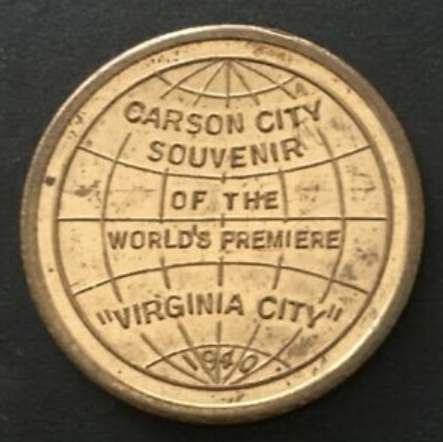
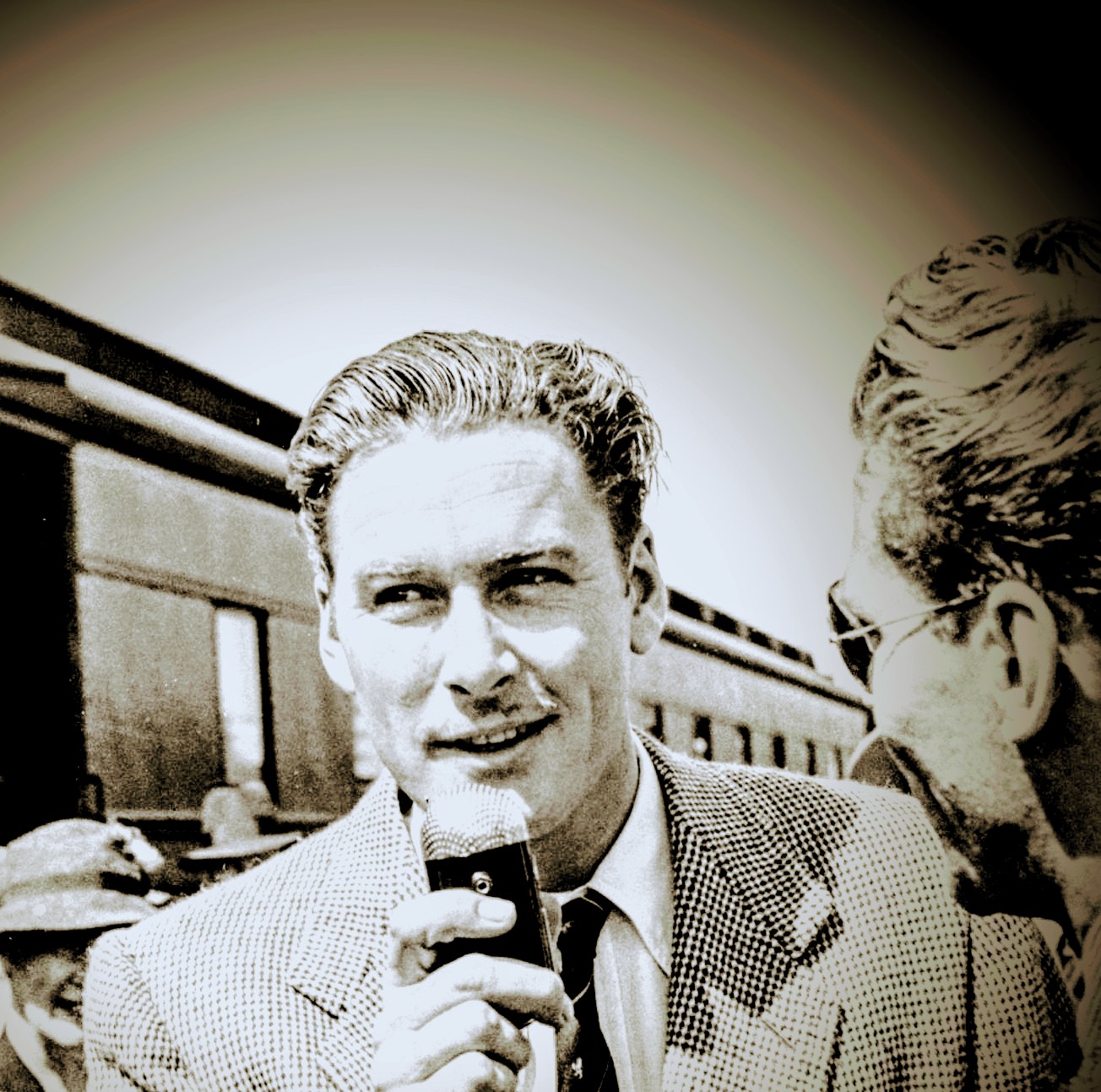
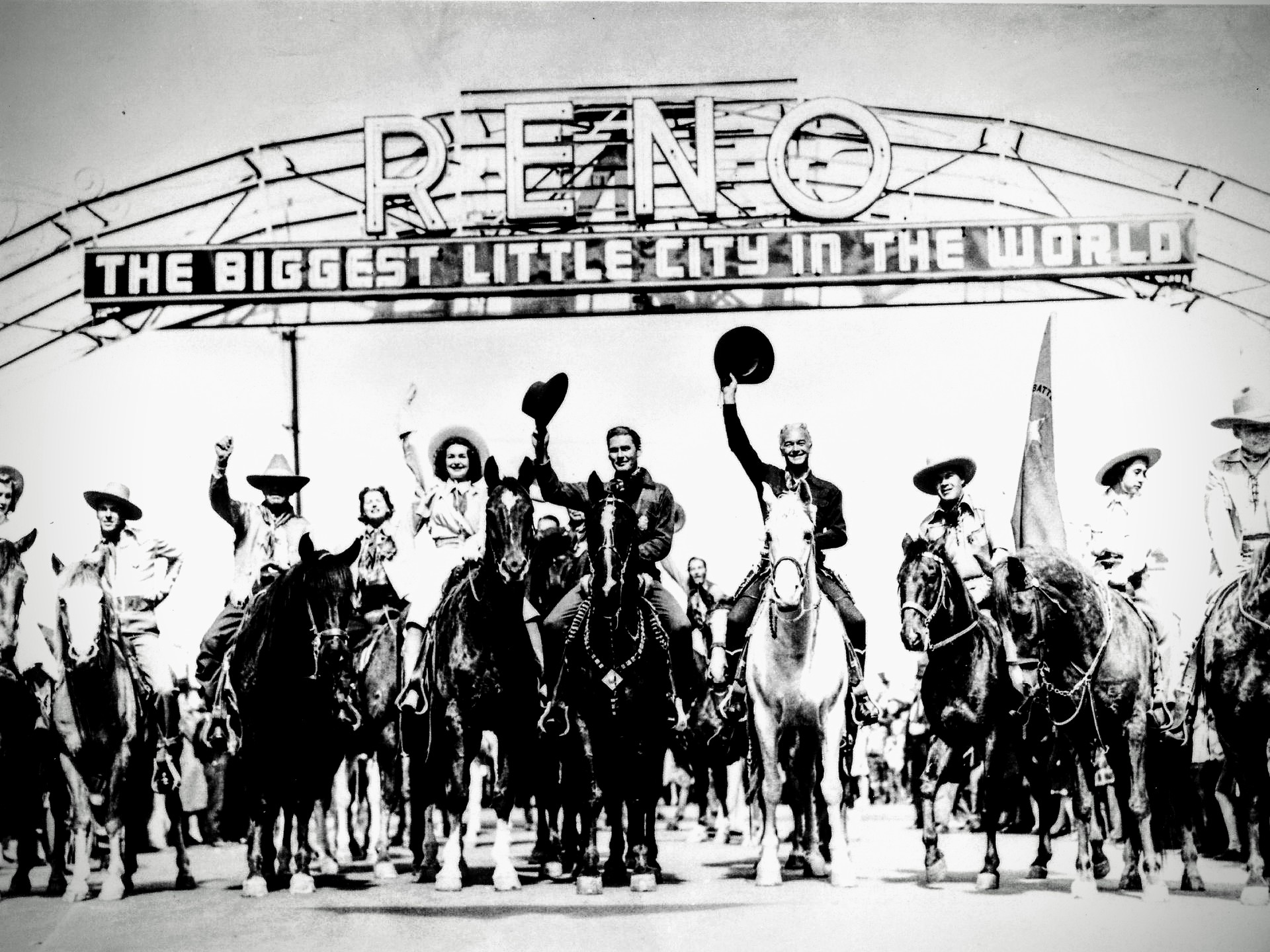
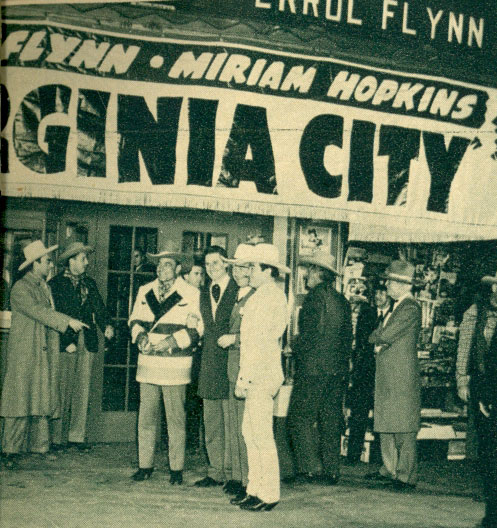

…
…
— Tim
Released in New York – March 11, 1957
“The opportunity to get a good, 90 minute look at scenic (and in parts, seedy) Havana, the “The Latin Las Vegas” prior to the Castro revolution. THE BIG BOODLE also boasts an interesting cast, with the rare opportunity to see beautiful Italian actress Rory (who retired at 35 after barely a dozen films); the stunning, but troubled Scala; and of course, Flynn. If you’re a fan of any of them or the locale you’ll want THE BIG BOODLE in your collection.”
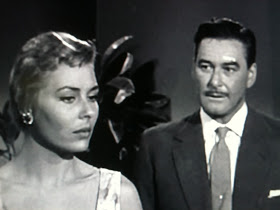
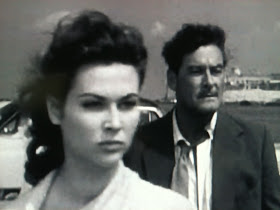
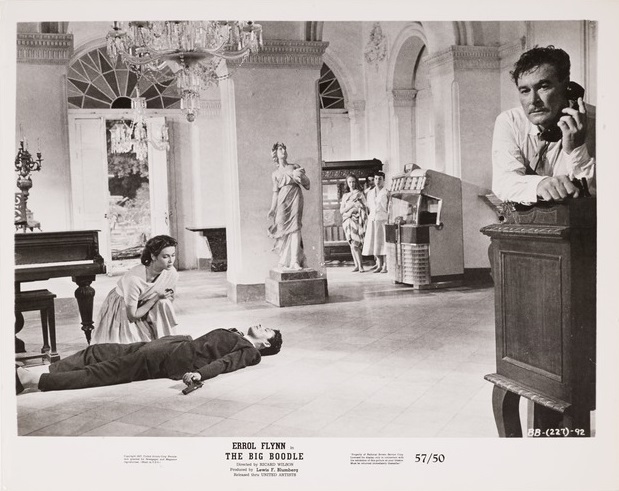
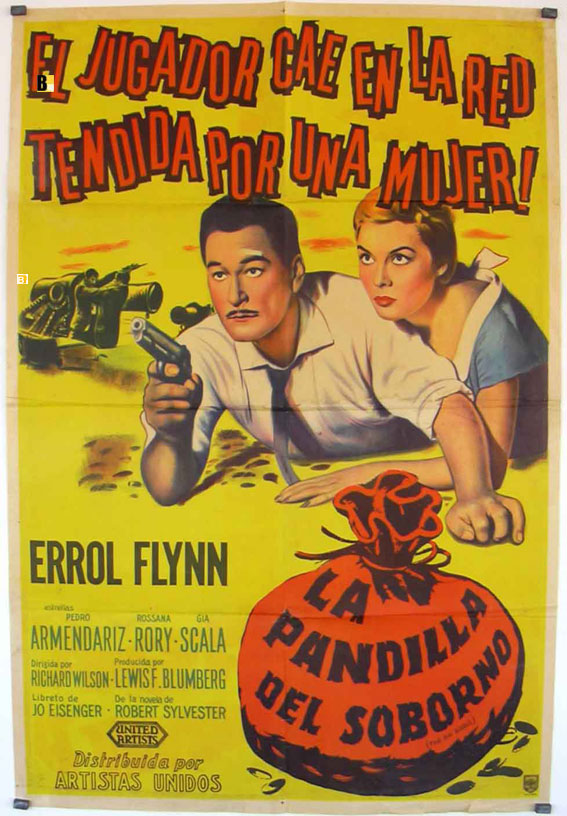
— Tim
Footsteps in the Dark
Released March 8, 1941
“Ralph Bellamy said Flynn was “a darling. Couldn’t or wouldn’t take himself seriously. And he drank like there was no tomorrow. Had a bum ticker from the malaria he’d picked up in Australia. Also a spot of TB. Tried to enlist but flunked his medical, so he drank some more. Knew he wouldn’t live into old age. He really had a ball in Footsteps in the Dark. He was so glad to be out of swashbucklers.””
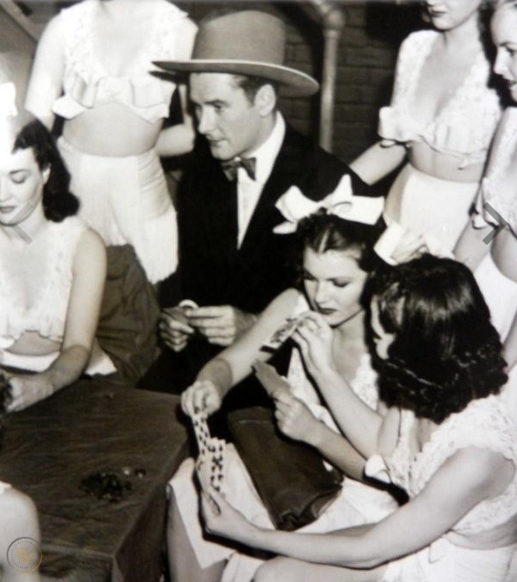
— Tim
New York Times
Douglas W. Churchill
Fred MacMurray Will Co-Star With Errol Flynn in ‘Dive Bomber’ for Warners
Fred MacMurray Will Co-Star With Errol Flynn in ‘Dive Bomber’ for Warners
HOLLYWOOD, Calif., Fred MacMurray will be co-starred with Errol Flynn in Warner’s “Dive Bomber,” which will go before the cameras in ten days with Michael Curtiz directing, the studio has announced.
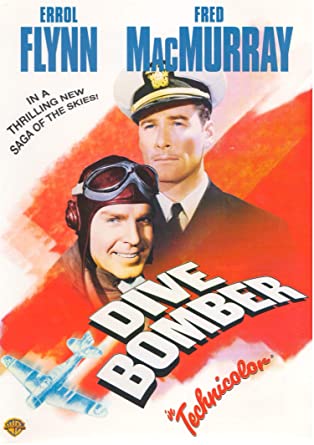
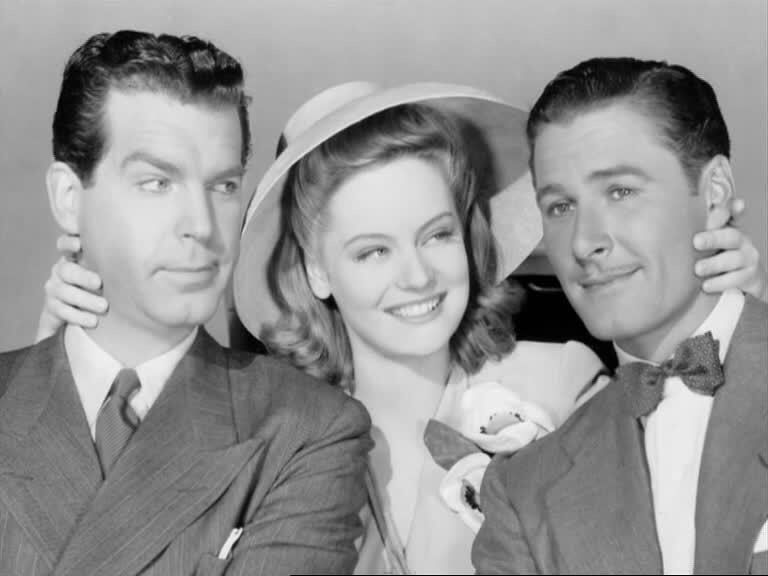
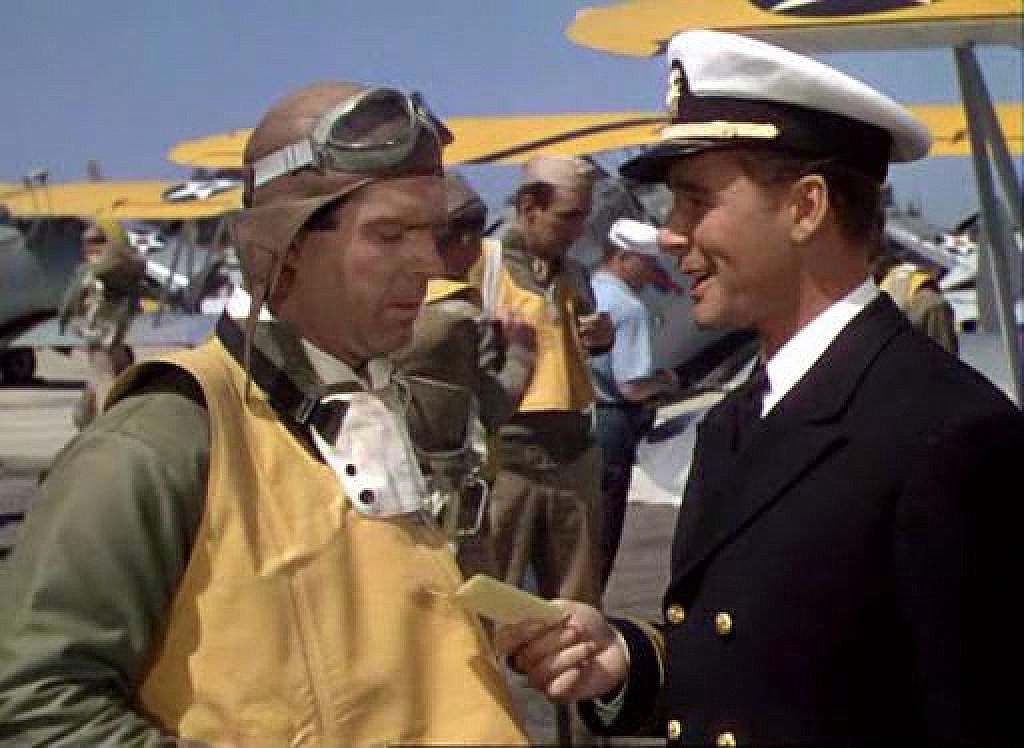
— Tim
February 29, 1940
Sidney Skolsky
Watching Them Make Pictures
If you wait long enough on a Michael Curtiz set, you’re bound to hear a Curtizism. The other afternoon on the set of The Sea Hawk I had a long wait. In fact for the first time I thought reliable Mike was going to fail me. Director Curtiz had Errol play a scene over and over. And everytime he gave an order I expected him to pull a gem. But he didn’t.
Finally, Errol did the scene the way Curtiz wanted and reliable Mike came through. He said: “Errol, you worked hard. But it’s alright. You can’t get anything for nothing unless you pay for it.”
…
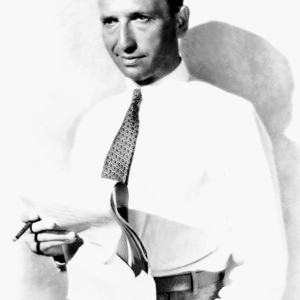
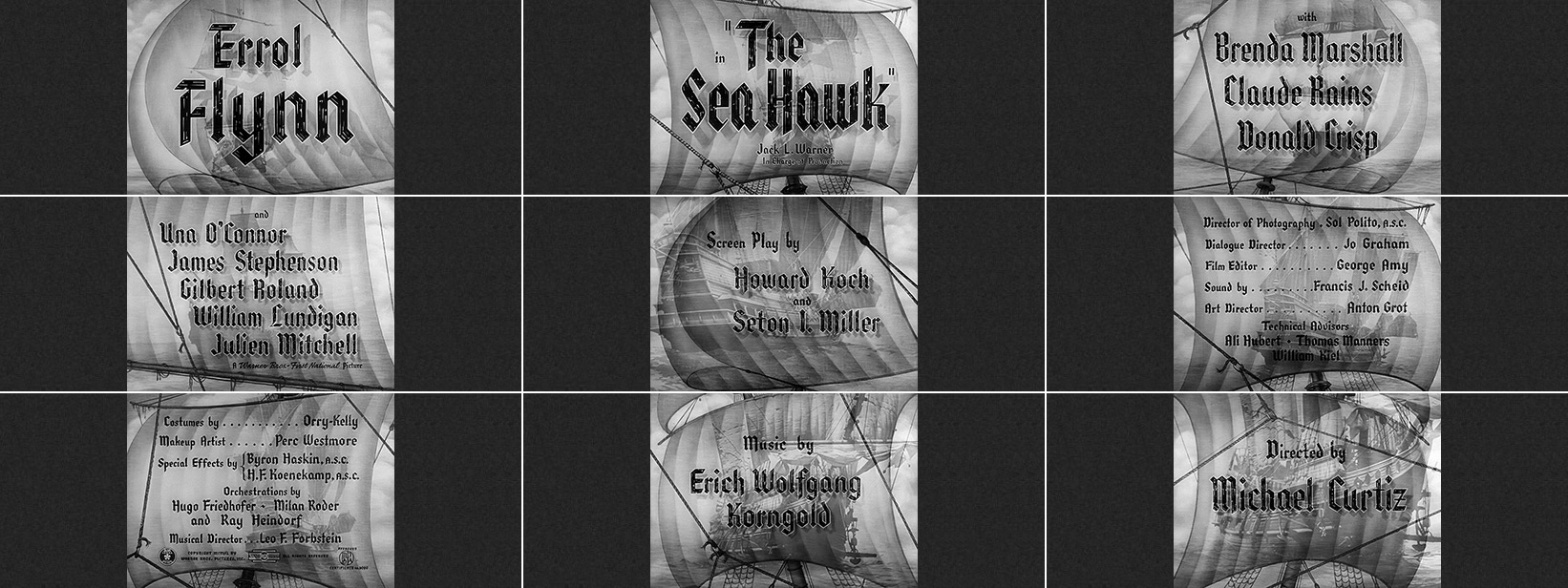
— Tim
February 27, 1939
Louella O. Parsons
Los Angeles Examiner
How would you like to see the dashing Errol Flynn as the equally dashing Don Juan? Academy award winning producer Hal Wallis is plotting such a story as a follow-up to Robin Hood.
…
Nearly a decade later…
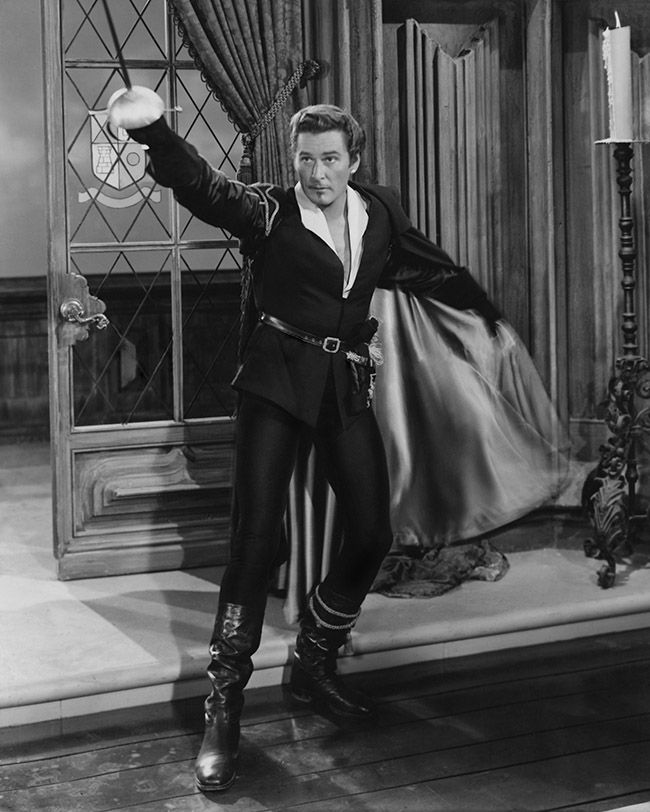
— Tim
On February 26, 2006, the American Society of Cinematographers (ASC) presented its Lifetime Achievement Award to Richard Kline. a prestigious honor presented annually to an individual who has made exceptional and enduring contributions to the art of filmmaking.
Richard Kline was born on Nov. 15, 1926, into a Los Angeles family that included three prominent ASC cinematographers: his father, Benjamin H. Kline, and two uncles, Sol Halperin and Philip Rosen. However, he said, he took up camera work at age 16 not out of any great love for the craft — his passion was surfing — but because World War II was raging, and his father believed such training would help him qualify for a camera unit when he was called to serve. He started at Columbia Pictures in 1943 as a slate boy on the Technicolor musical Cover Girl, and by the time he entered the U.S. Navy the following year, he had advanced to first assistant cameraman, spending two months in Acapulco filming The Lady from Shanghai. “Welles was brilliant, and here I was, this kid along for the ride.”
“In Acapulco, we used Errol Flynn’s yacht, The Zaca. Apart from a brief cameo, Flynn did not appear in Shanghai”
“Errol Flynn and Orson Welles were quite a pair. There was never a dull moment.” “We were on location down in Acapulco and it was a very wild time.” “Errol lent his yacht to Orson for the film. Errol himself served as the skipper.”
“Along with the rest of the crew, one of Kline’s responsibilities was to referee the nightly bar fights that would break out between Welles and Flynn after the two had spent several hours heavily “unwinding.””
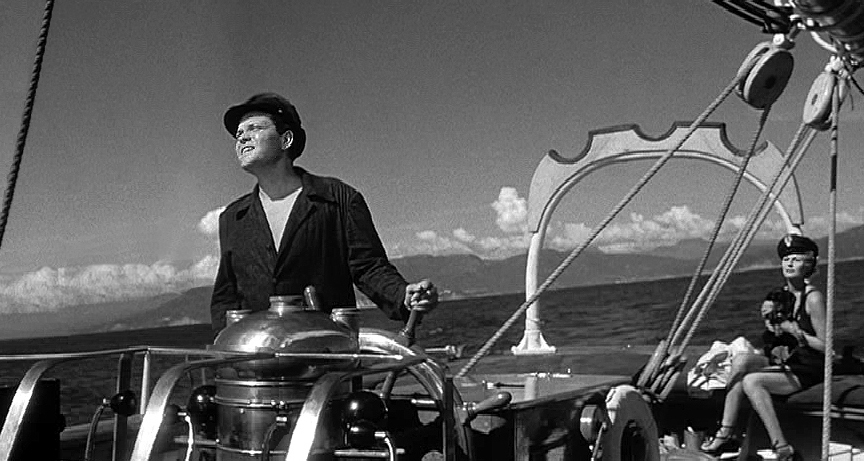
Orson, Rita and Chula
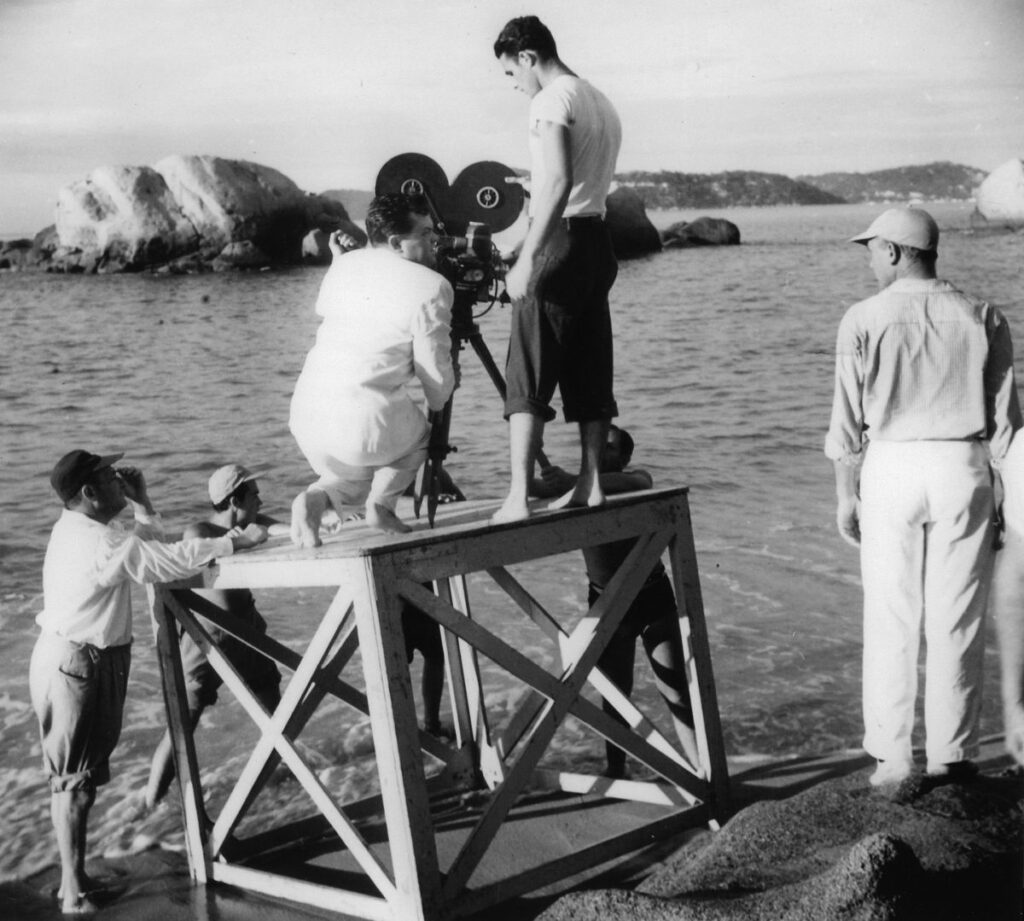
Orson and Richard Kline
In order to shoot the location sequences, a company of 50 Hollywood actors and technicians flew to Acapulco, along with 60 Mexican extra players and technicians from Mexico City. More than 15 tons of equipment were shipped from Hollywood, one order of six tons comprising the largest single air express shipment ever undertaken by a movie location company.
Scenes were filmed above and below decks, at anchorages in Acapulco Harbor, at Fort San Diego in Acapulco Bay, at Morro Rocks and other scenic spots, as well as at sea. A lavish new night club, Ciro’s, located atop the swank Casablanca Hotel in Acapulco, also served as a setting, as did the 25-mile stretch of white sand beach at Pied de la Cuesta.
The transportation of heavy sound and camera equipment through the tangled Mexican jungle was a major problem, but overcome by the sheer manpower of several hundred Mexican porters and canoe men. Sound trucks and generators were placed on native canoes lashed together to form barges, and then were floated through jungle-cluttered streams into shooting position.
“Shooting aboard the yacht was, from the space standpoint very difficult, and these scenes, as they appear in the picture, are necessarily cramped in composition — but this actually worked in favor of the overall effect because it produced an authentic atmosphere of crowded life aboard a small yacht.”
During filming aboard The Zaca, a long line of native dugout canoes anchored astern formed a bridge from the barge holding the generator so that electrical cables could be stretched for the camera and sound equipment.
Said Kline six decades later: ” It was the best assignment I ever had,”

(Left) On location in Mexico, Welles briefs his crew prior to filming a sequence. (Center) The Zaca is anchored in Acapulco Harbor. Astern are a line of barges over which electrical cable was stretched between the yacht and the generator boat. (Right) For a scene shot in the jungle streams of Mexico, the camera is mounted on a dugout canoe alongside the boat in which the principle players ride.
— Tim
Background to ‘Background to Danger”
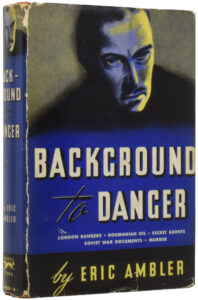
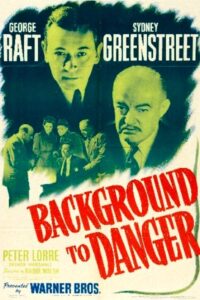
This film was conceived by Warner Brothers to capitalize on the colossal success of Casablanca. The story was reported contemporaneously to have been purchased from highly-regarded author Eric Ambler as “a vehicle for Errol Flynn.” Ultimately it starred George Raft in the role originally intended for Errol. Raft himself was originally considered for Bogie’s role of Rick in Casablanca. Casablanca co-stars Sidney Greenstreet and Peter Lorrie were also in Background to Danger. William Faulkner contributed to the script. Directed by Raoul Walsh. I think this spy thriller could have been a very cool film for Errol.
…
TCM CLIPS
One of the scenes depicted in the film was based on the attempted assassination of Nazi Ambassador to Turkey and former Chancellor of the Weimar Republic, Franz van Popen, who was trying to lure Turkey into the war on the side of the Axis powers, including the Soviet Union. To prevent this, Moscow recruited 25-year old Yugoslav Moslem Omer Tokat to kill von Papen, hoping that the assassination would cause a rift, possibly even a war, between Turkey and Germany.
On February 24, 1942, Tokat approached von Papen on a street in Ankara with a bomb. However, the bomb exploded early, killing only the attacker. The ambassador and his wife were only hit by a blast wave, suffering no significant injuries.
…
New York Times – February 24, 1942
ANKARA, Turkey – Franz von Papen, the German Ambassador, and his wife narrowly escaped assassination shortly after 10 o’clock this morning when, in the course of their customary walk from their residence to the German Embassy, an unidentified young man exploded a bomb, blowing himself to bits.
— Tim
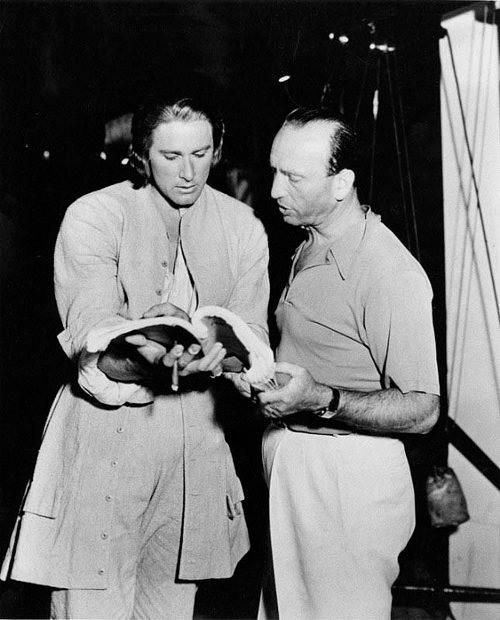
February 19. 1936
Elizabeth Yeaman
Hollywood Citizen News
The directorial stock of Michael Curtiz has soared many points once the release of Captain Blood, which he directed with the previously unknown star, Errol Flynn. Curtiz was so successful in making Flynn a star that Warners now have assigned him again in The Charge of the Light Brigade.
…
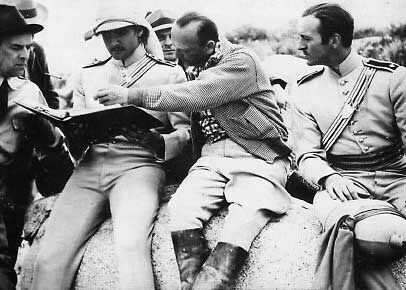
— Tim
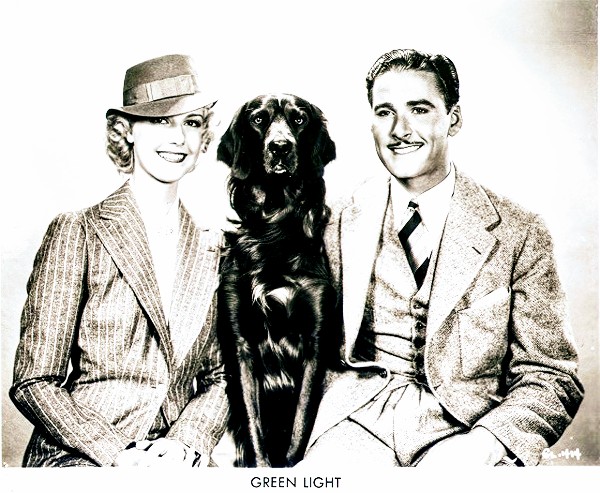
Friday, February 19, 1937
National Syndication
Errol Flynn and Anita Louise, stars of the Cosmopolitan production “Green Light” which is now playing at the State Theatre as a First National release, have found in the film based on Lloyd C. Douglas’ famous novel roles that give them the most dramatic opportunities of their careers.
…
“It’s Fun Being Broke” says Film Star Errol Flynn
“I miss being broke!” Errol Flynn, Irish actor and adventurer, who stars in ”Green Light,” a Cosmopolitan production released by First National, opening at the State theatre today, drove his hand far down in his trousers’ pocket and pulled out a neat little fold of bills, held together with a gold clasp. “When you have money,” he announced, “any money, some of the kick is gone out of life. Money makes a man soft, unwilling to take chances. Being broke sharpens your wits.” “Don’t misunderstand me,” he added quickly. “I’m not saying I want to be broke. I just miss finding myself in that condition once in a while. It used to be a fairly regular discovery in my life.”
Asked to list those lean periods and to tell what he did to cure them, Flynn leaned far back on his dressing room couch and squinted at the ceiling. “There was a time in Sydney, Australia,” he began, “I slept on and under newspapers in a park for four nights. Newspapers make warm bedding. Then on the fifth day I got a job as a bottle smeller.” “Bottle smeller?” “Yes. With a soft drink manufacturer. There was a big pile of bottles and I was to sort them by smell. Those that had had kerosene or turpentine or some thing like that in them, I put on one side. Those that didn’t smell I put on the other. I couldn’t smell anything for weeks after.”
“There was another time in Kavieng, New Guinea, when didn’t have enough money to pay a fine, for knocking down a coolie who had insulted me. I didn’t have any money, but the magistrate didn’t know that. The boat I wanted to catch to another port was due in about a week. I asked the court what the alternative punishment would be if I didn’t pay the fine.” “I’ll have to jail you,” he said, ‘for about a week.’ T said I’d go to jail. He shook his head. ‘You can’t do that,’ he argued, “you know perfectly well there is no jail.’ “But I insisted. So he turned me over to the police master, who was a friend of mine, and I lived with him for a week. It wasn’t any great hardship. But he always urged me to come home early nights.”
…
“Green Light” is a romantic drama filmed from Lloyd C. Douglas’ best-selling novel of the same name. Some of the others in the cast besides Flynn include Sir Cedric Hardwicke, Anita Louise, Margaret Lindsay, Walter Abel and Henry O’Neill. The adaptation for the screen was made by Milton Krims. Frank Borzage directed.
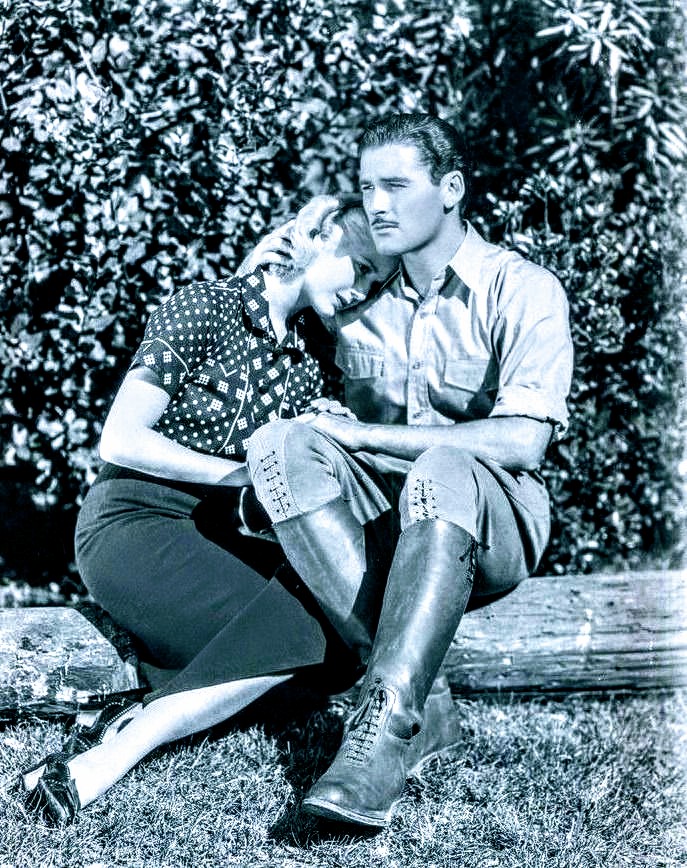
— Tim